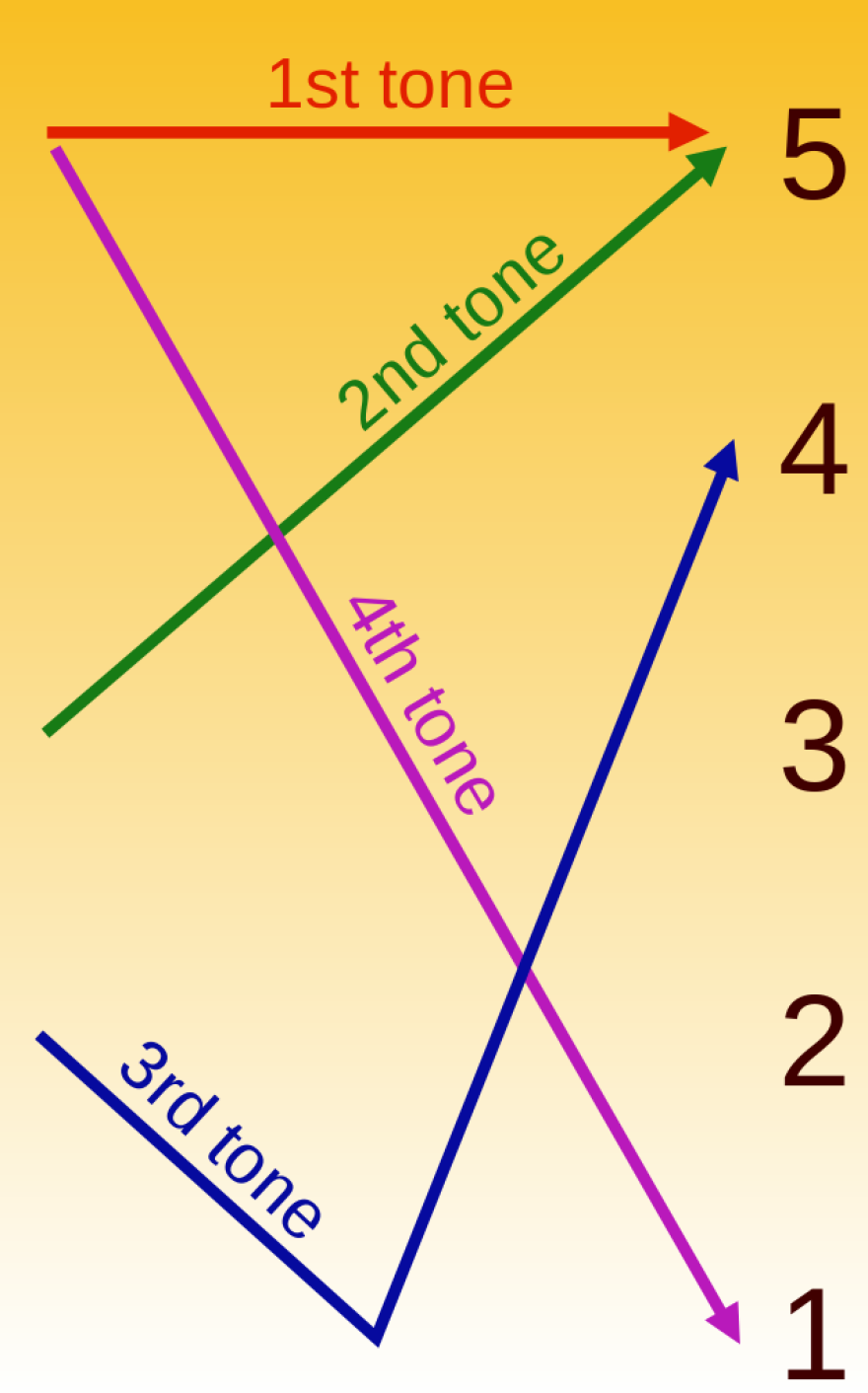When looking at the modern world of innovation or business, you really can’t ignore China.
The country’s influence is huge, but interacting with Chinese companies, educators or officials can present a tough challenge for native English speakers: Mandarin Chinese is so fundamentally different from English, especially in tonal inflections.
Catherine Ryu is a Michigan State University researcher who is working with a team of students to develop a new game that could help English speakers learn Mandarin.
The game is called Picky Birds.
Ryu tells us it’s those tonal inflections that make Mandarin so difficult for English speakers to learn.
“It is a tonal language,” Ryu says. “That means that unlike English, where you can add inflection to give texture to what you are saying, in Mandarin Chinese, if you change the tone it actually changes the meaning of what you want to say.”
To illustrate, she tells us that the syllable “ma” can mean either “mother,” “hemp,” “horse,” or “to scold,” all depending on the inflection.
"Learning tones turns out the be one of the most challenging aspects of learning Mandarin Chinese."
“A native speaker of English, they do not have infrastructure in their brain to perceive the sounds,” Ryu says, so the key to learning Mandarin in figuring out how to build those neural pathways.
Ryu’s research looked at the effect of color on language learning. She thinks color could be used to help students learn and process these unfamiliar sounds.
“I thought, well, how about if we actually use color in a purposeful way, so that when color, when it appears … it’s not just used as a decorative element, but it can be an integrative part of learning,” she says. “So that’s why I thought that color would be another way of visually representing sounds, so you could actually see the sound through color. Color is one of the primary stimulus that we respond to.”
So what’s the next idea?
Ryu is putting her research to use with Picky Birds. The game asks students to identify which cartoon bird is singing which of Mandarin’s four main tones.

She explains that, in a very broad sense, the first tone is highest in pitch, and the second, third and fourth tones get progressively deeper.
In the game, each tone is assigned a color.
“This color choice is generally based on the finding that our human brains are wired to perceive higher tones with lighter hues,” she says.
So the first tone is yellow, while the fourth, “very forceful” tone is red.
Ryu tells us that by associating color with tone, the game helps students create a mental representation of the sounds. With practice, she hopes this could help build those neural pathways necessary to properly perceive and process the tones.
“Learning tones turns out the be one of the most challenging aspects of learning Mandarin Chinese,” Ryu says. “[Picky Birds] is not necessarily just for learning Mandarin Chinese, but the main purpose is to sharpen our perceptual sensitivities so that we could hear well. That is a very fundamental step towards acquiring higher Mandarin Chinese tonal skills.”
Once development is finished, Ryu foresees the game being a useful tool for people of all ages.
Her team will be running the game through beta testing this summer, and she hopes the final product will be ready by fall.
Join the conversation in the comments section below, on Twitter or Facebook, or let us know your Next Idea here.





